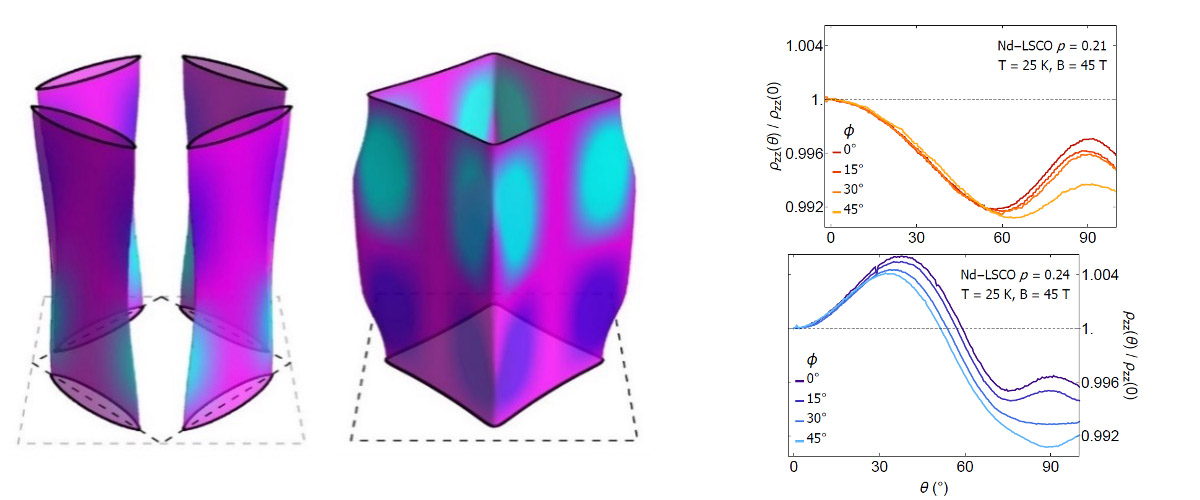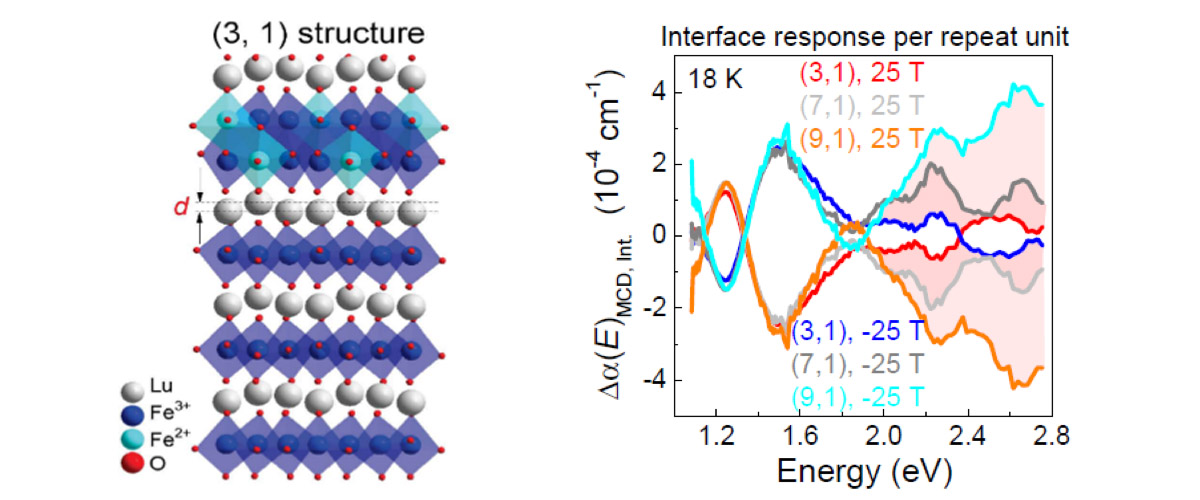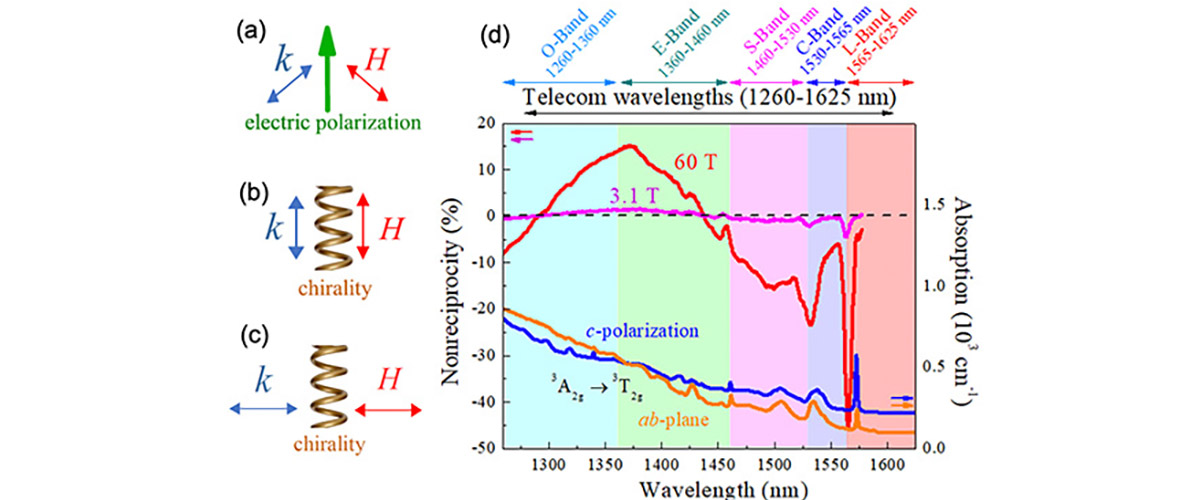What did scientists discover?
A 'Fermi surface' provides a map that shows where in energy/momentum space all of a metal's electrons are to be found. How electrons arrange themselves and interact with other electrons and the array of atoms in a crystalline lattice determines the physical properties of a material. This is especially true in the quantum realm. In high-temperature superconductors, MagLab users found that the Fermi surface transforms at a certain "critical point," the carrier concentration that corresponds to the onset of the pseudogap state.
Why is this important?
There have long been hints that magnetism and superconductivity are intertwined in high-temperature superconductors. This experiment shows that this magnetism appears at the onset of the pseudogap state. The magnetism transforms the Fermi surface into four small pockets, dramatically reducing the number of charge carriers when the pseudogap state forms. This experiment provides direct evidence that the critical point associated with the onset of the pseudogap is also associated with the onset of magnetism, a clue that might help solve the mechanism of high temperature superconductivity in the cuprate superconductors.
Who did the research?
Y. Fang1, G. Grissonnanche1,2, A. Legros2,3, S. Verret2, F. Laliberté2, C. Collignon2, A. Ataei2, M. Dion2, J. Zhou4, D. Graf5, M.J. Lawler1, P.A. Goddard6, L. Taillefer2,7 & B.J. Ramshaw1,7
1Cornell University; 2Université de Sherbrooke; 3Université Paris-Saclay; 4University of Texas at Austin; 5National MagLab; 6University of Warwick; 7Canadian Institute for Advanced Research
Why did they need the MagLab?
The MagLab's 45T hybrid magnet was essential to suppress superconductivity and to bend the electron trajectories sufficiently to reveal the structure of the Fermi surfaces in the samples studied. MagLab techniques enable magnetoresistance measurements with noise levels less than 0.1% of the signal measured as the sample is rotated around two different axes.
Details for scientists
- View or download the expert-level Science Highlight, Fermi Surface Transforms at the Onset of the Pseudogap State in a Cuprate Superconductor
- Read the full-length publication Fermi surface transformation at the pseudogap critical point of a cuprate superconductor, in Nature Physics
Funding
This research was funded by the following grants: G.S. Boebinger (NSF DMR-1644779); B.J. Ramshaw (NSF DMR-1752784); J.-S. Zhu (MRSEC DMR-1720595)
For more information, contact Tim Murphy.






